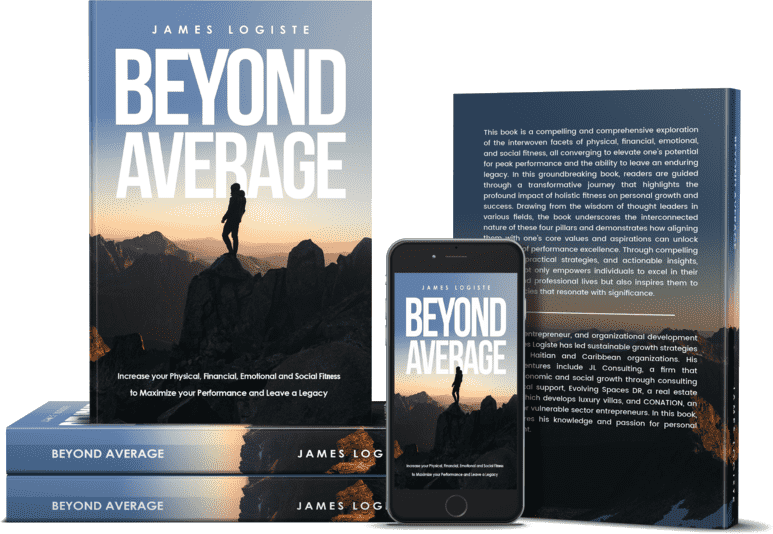Introduction
In the realm of investing, diversification is more than just a buzzword; it’s a crucial strategy for financial success and risk management. Diversification involves spreading your investments across various asset classes to reduce risk and optimize returns. This article provides an insight into why diversification is essential and offers guidance on creating a diversified portfolio that aligns with your financial goals and risk tolerance.
Understanding Diversification
The Core Principle: Diversification is based on the rationale that different asset classes perform differently under various market conditions. By diversifying, you mitigate the risk of significant losses if one asset class underperforms.
Benefits of Diversification:
- Risk Reduction: Spreading investments across different assets can reduce the overall risk of your portfolio.
- Balanced Returns: A diversified portfolio is likely to experience less volatility and more stable returns over time.
Exploring Asset Classes
A well-diversified portfolio includes a mix of different asset classes. Understanding these categories is key to effective diversification.
1. Stocks (Equities):
- Characteristics: Stocks represent ownership in a company. They have high growth potential but also come with high risk.
- Types: Includes individual stocks, mutual funds, and exchange-traded funds (ETFs).
- Diversification Within Stocks: Spread investments across different sectors, industries, and geographical locations.
2. Bonds (Fixed-Income Securities):
- Characteristics: Bonds are essentially loans to corporations or governments, offering regular interest payments.
- Risk Level: Generally lower risk than stocks, but with lower return potential.
- Types: Government bonds, municipal bonds, corporate bonds.
3. Real Estate:
- Characteristics: Investing in property can provide income through rent and potential appreciation in value.
- Real Estate Investment Trusts (REITs): A way to invest in real estate without physically owning property.
4. Other Asset Classes:
- Commodities: Include physical goods like gold, oil, and agricultural products.
- Cash and Cash Equivalents: Savings accounts, money market funds – typically lower risk and lower return.
Building Your Diversified Portfolio
Assessing Risk Tolerance and Financial Goals:
- Risk Tolerance Assessment: Understand your comfort level with risk. Younger investors may opt for riskier, high-return assets, while those nearing retirement may prefer stability.
- Financial Goals: Your investment choices should align with your financial objectives, whether saving for retirement, a home, or education.
Asset Allocation Strategy:
- Balanced Approach: Allocate a certain percentage to each asset class based on your risk tolerance and goals.
- Regular Rebalancing: Periodically adjust your portfolio to maintain your desired asset allocation.
Tips for Effective Diversification
- Avoid Over-Diversification: Spreading investments too thin can dilute potential returns.
- Use Diversified Investment Funds: Mutual funds and ETFs can provide instant diversification.
- Stay Informed: Keep up with financial news and market trends to make informed decisions.
Conclusion
Building a diversified investment portfolio is both an art and a science. It requires a clear understanding of different asset classes, a keen assessment of your financial goals and risk tolerance, and a commitment to maintaining balance and diversity. By employing the strategies discussed, you can create a robust portfolio that withstands market fluctuations and grows steadily over time. Remember, the key to successful investing isn’t just about choosing the right assets; it’s about creating a diversified portfolio that aligns with your unique financial journey.
